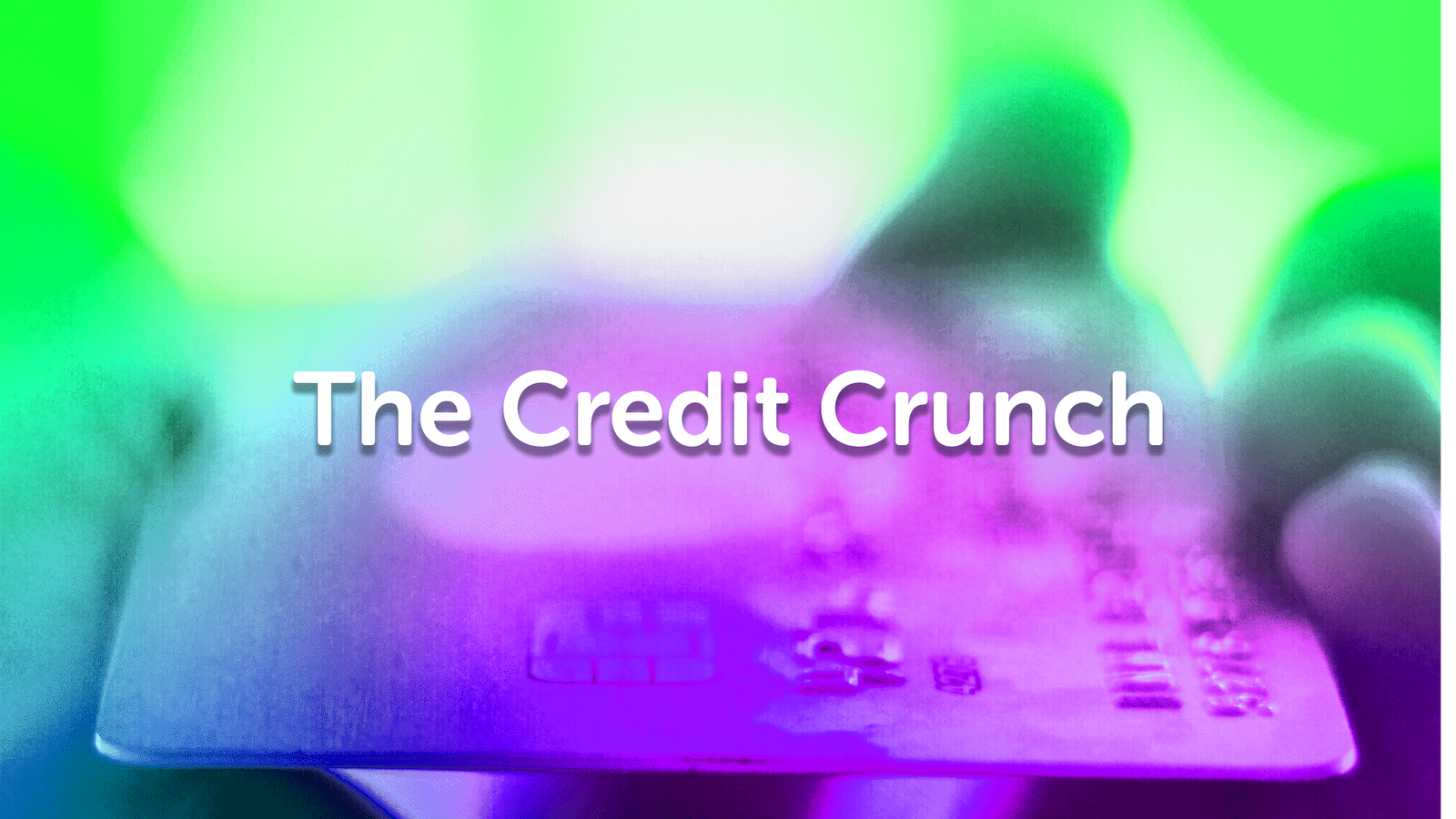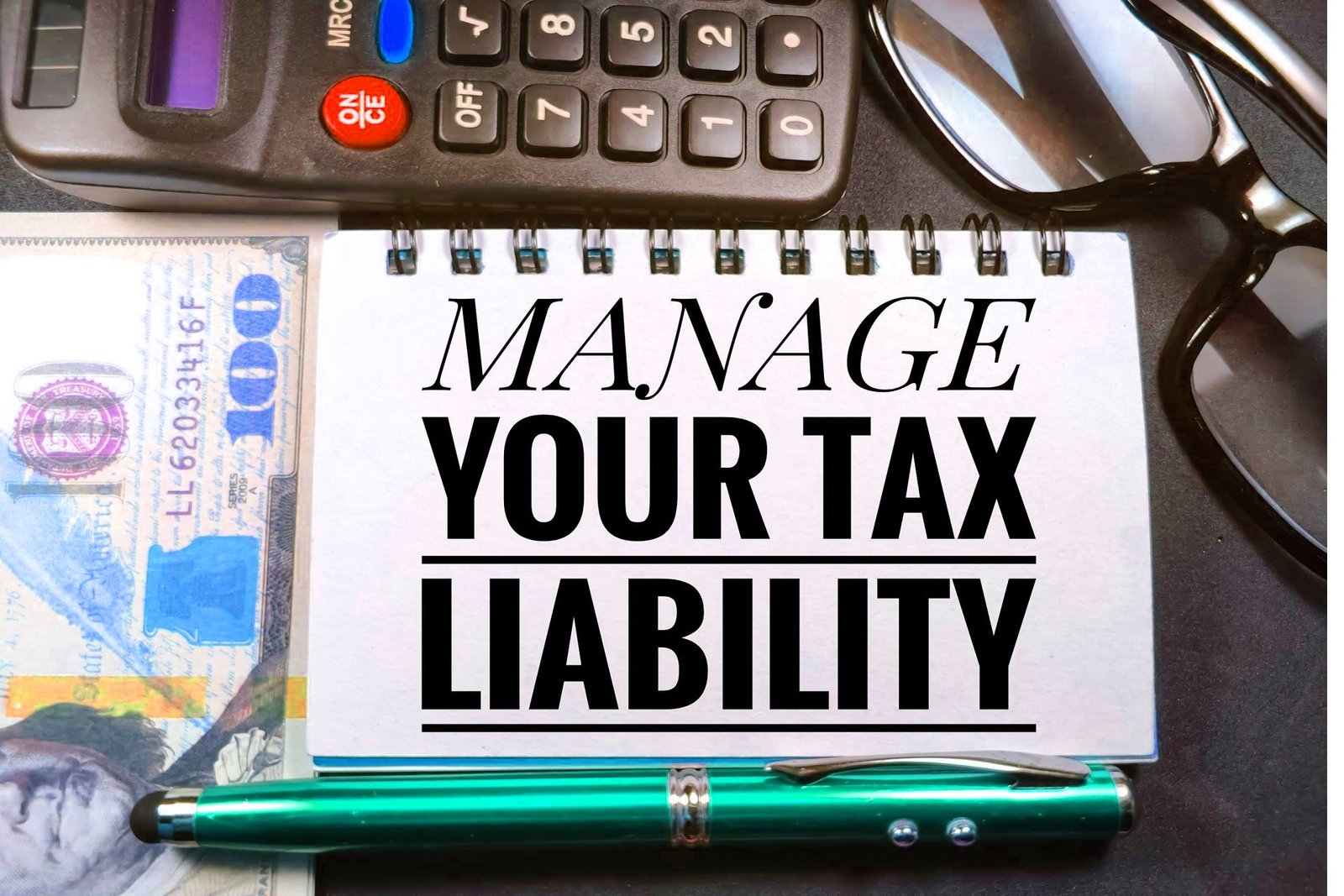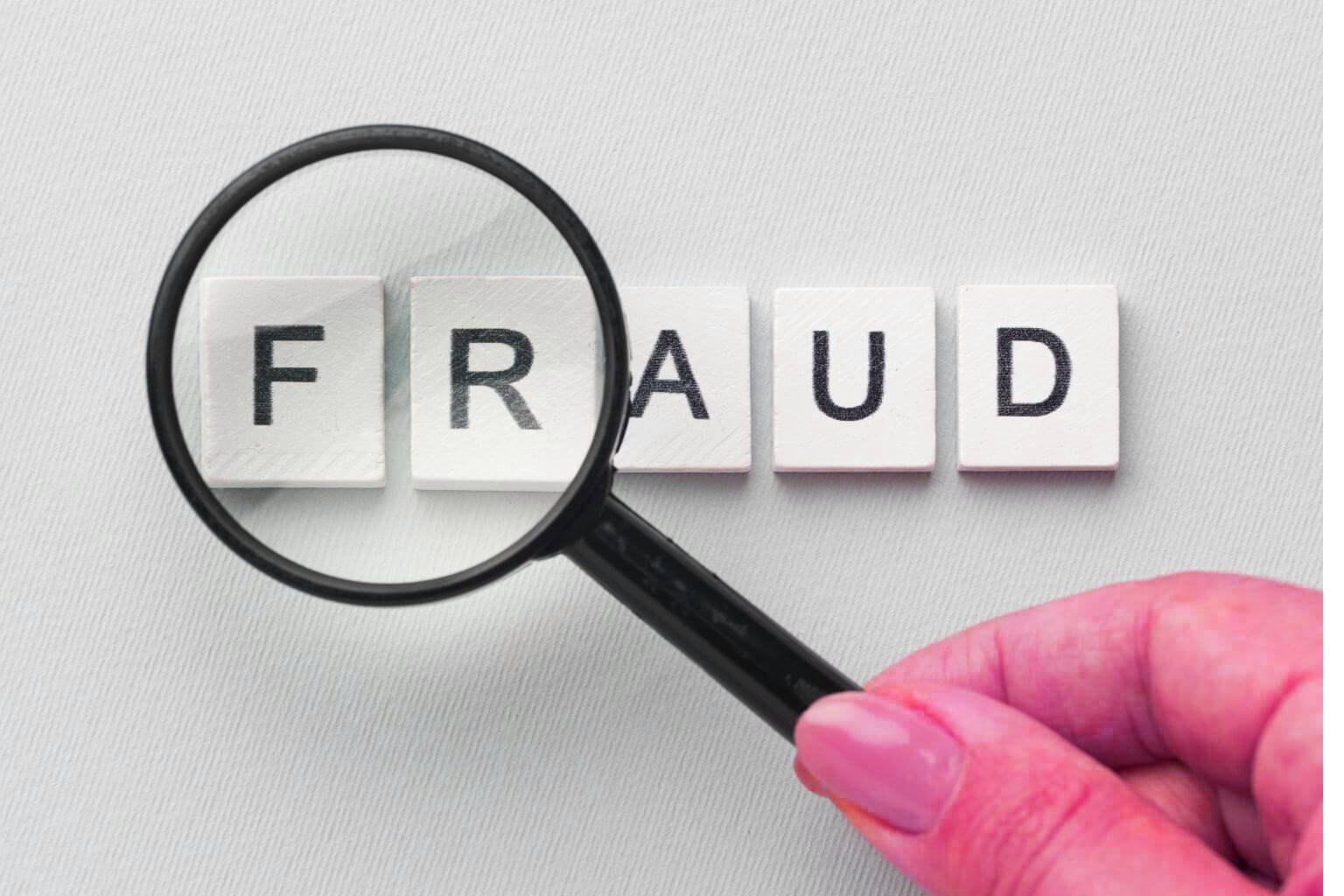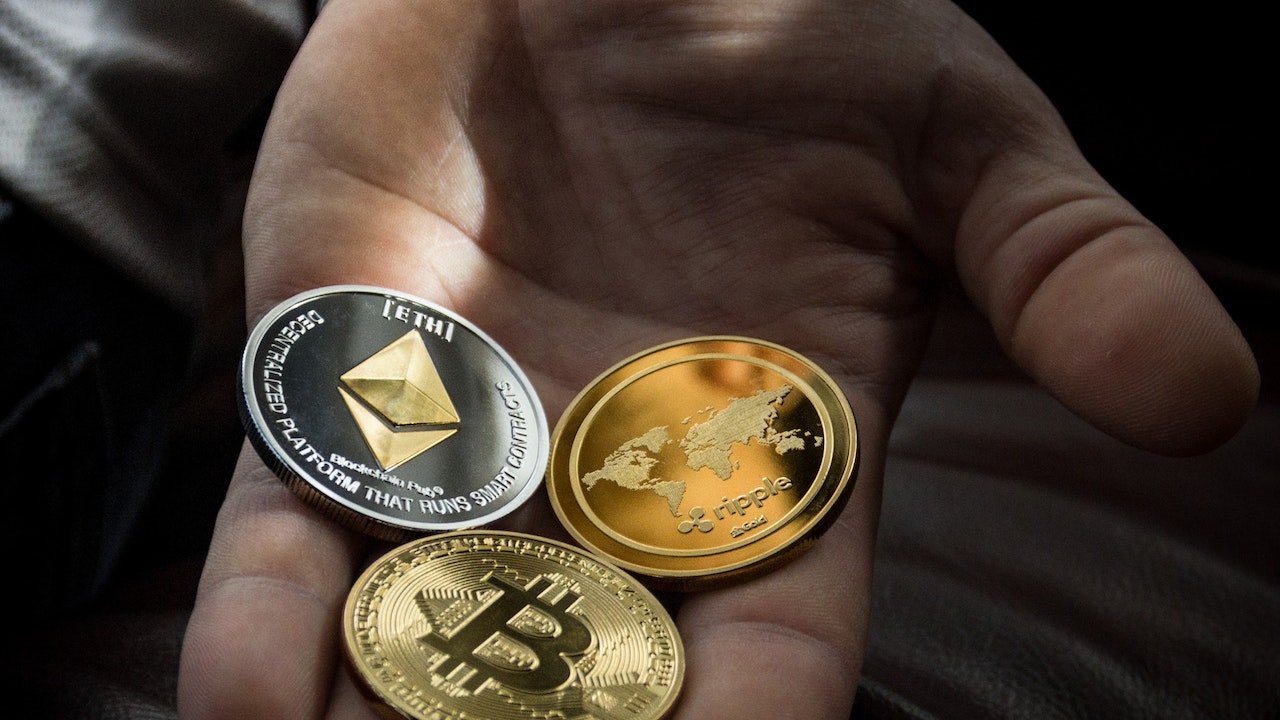The Credit Crunch: Understanding How Debt Works

In the realm of personal finance and global economics, the term “credit crunch” looms ominously, evoking images of financial turmoil and economic instability. Understanding how debt operates within this context is paramount for individuals and policymakers alike. Whether it’s navigating personal loans, mortgages, or national debts, grasping the intricacies of borrowing and lending is crucial for making informed financial decisions and safeguarding against potential crises.
This introductory exploration delves into the fundamentals of the credit crunch, shedding light on the mechanisms of debt and its far-reaching implications on individuals, businesses, and nations. By unraveling the complexities of debt dynamics, we embark on a journey to demystify the credit crunch and empower ourselves with the knowledge needed to navigate the ever-changing landscape of global finance.
Contents
Introduction to Credit Crunch
Definition and Overview
A credit crunch refers to a situation in which there is a sudden reduction in the availability of credit or a tightening of lending standards by financial institutions. This leads to a decrease in borrowing and spending, ultimately constraining economic growth.
Historical Context
Throughout history, credit crunches have occurred during times of financial instability, such as the Great Depression of the 1930s and the global financial crisis of 2008. These events underscore the cyclical nature of financial markets and the susceptibility of economies to credit constraints.
Causes of Credit Crunch
Economic Factors
Economic downturns, characterized by declining GDP growth, rising unemployment, and low consumer confidence, often precipitate credit crunches. Reduced economic activity dampens demand for loans, prompting lenders to tighten their credit standards.
Financial Market Conditions
Volatility in financial markets, stemming from factors such as asset price bubbles or excessive risk-taking by financial institutions, can trigger a credit crunch. When investors become wary of market instability, they withdraw investments, leading to liquidity shortages for lenders.
Regulatory Environment
Changes in regulatory policies, aimed at curbing excessive risk-taking or addressing systemic vulnerabilities in the financial system, can inadvertently contribute to a credit crunch. Stringent regulations may restrict lending activities, limiting access to credit for businesses and consumers.
Read More: Budgeting Brilliance: Managing Your Money Wisely in 2024
Understanding Debt
Definition and Types of Debt
Debt encompasses various financial instruments, including loans, bonds, and credit lines, through which individuals and entities borrow funds from lenders. Types of debt range from consumer debt, such as credit card balances and mortgages, to corporate debt issued by businesses to finance operations or expansion.
Importance of Debt in the Economy
Debt plays a pivotal role in fueling economic growth by facilitating investment, consumption, and entrepreneurship. However, excessive debt levels, coupled with a credit crunch, can exacerbate financial instability and hinder economic recovery.
Impact of Credit Crunch
Effects on Businesses
During a credit crunch, businesses face challenges in accessing financing for capital investment, working capital needs, and expansion initiatives. This can impede business growth, leading to layoffs, reduced investment, and even bankruptcy for vulnerable firms.
Effects on Consumers
Consumers experience constraints in obtaining credit for major purchases, such as homes and automobiles, as lenders tighten their lending criteria. Additionally, higher borrowing costs and reduced access to credit can strain household finances, limiting discretionary spending and dampening consumer confidence.
Effects on the Overall Economy
The ripple effects of a credit crunch extend beyond individual businesses and consumers, impacting the broader economy. Reduced borrowing and spending dampen economic activity, leading to declines in production, employment, and income levels, ultimately prolonging the economic downturn.
Managing Debt During a Credit Crunch
Tips for Businesses
During periods of credit constraints, businesses can adopt strategies to manage debt effectively, such as diversifying funding sources, reducing reliance on short-term debt, and improving cash flow management. Additionally, maintaining open communication with lenders and exploring alternative financing options can help mitigate the impact of a credit crunch.
Tips for Individuals
Individuals facing financial challenges during a credit crunch can take proactive steps to manage debt, including prioritizing essential expenses, negotiating repayment terms with creditors, and exploring debt consolidation options. Building an emergency fund and seeking financial counseling can also provide valuable support during uncertain times.
Government Response to Credit Crunch
Monetary Policy Measures
Central banks often implement monetary policy measures, such as lowering interest rates and providing liquidity support to financial institutions, to alleviate credit constraints and stimulate lending activity during a credit crunch. These measures aim to enhance the availability of credit and support economic recovery.
Fiscal Policy Measures
Governments may enact fiscal policy measures, such as fiscal stimulus packages and targeted assistance programs, to bolster economic activity and alleviate the impact of a credit crunch on businesses and consumers. These measures typically involve increased government spending, tax cuts, or direct financial assistance to affected sectors.
Read More: Chapter 7 Bankruptcy and Debt Relief: What You Can Expect
Conclusion
In conclusion, the credit crunch represents a significant challenge for economies, businesses, and consumers alike, as it restricts access to credit and hampers economic growth. By understanding the causes and effects of credit crunches and implementing prudent debt management strategies, individuals and entities can navigate through periods of financial uncertainty more effectively. Moreover, coordinated efforts by governments and central banks are essential to mitigating the adverse impact of credit crunches and fostering a resilient and inclusive financial system.
FAQs
What are the warning signs of an impending credit crunch?
Warning signs include tightening credit conditions, rising default rates, and increased volatility in financial markets.
How can businesses protect themselves during a credit crunch?
Businesses can protect themselves by diversifying funding sources, managing cash flow effectively, and maintaining open communication with lenders.
What role do central banks play in mitigating credit crunches?
Central banks implement monetary policy measures, such as lowering interest rates and providing liquidity support, to alleviate credit constraints and stimulate lending activity.
What impact does a credit crunch have on the housing market?
A credit crunch can lead to reduced demand for housing due to limited access to mortgage financing, causing a slowdown in the housing market and declining property values.
How long do credit crunches typically last?
The duration of credit crunches varies depending on factors such as the severity of economic conditions, the effectiveness of policy responses, and structural changes in the financial system.





